The coffee farms, or fincas, of Boquete, Panama are widely recognized as producing some of the finest coffee beans in the world, including Geisha, a variety named after a village in India and not the Japanese courtesan, which can fetch up to $300 a pound (the coffee not the courtesan).
We are picked up in a Jeep by one of the two bosses at Finca Dos Jefes. Rich and his wife relocated from Berkeley, retired to Boquete, bought a finca.
The tour is ours alone. We are brought a few minutes above town to a lovely orchard with a manager’s house, a guest house, the roasting room and a few out-buildings, but no main residence. Let me preface any further post with the caveat that hard-core coffee tasters – third wavers, if you will – will be sorely disappointed with my rudimentary description of a sophisticated industry, and would perhaps more enjoy the stylings of CoffeeGeek, and his trip to Boquete.
We sit down on the patio, on the low wall nearby are past and present coffee artifacts. Rich gives us an extensive discourse on the history and economy of coffee – I pay rapt attention, Ali Sun at some point wanders off to meet a nearby tree. We regroup, step into the orchard. Today was the last day of harvest, although many trees had been harvested days or weeks before and bore the fragrant white blooms of a new season.
Shade-grown, explains Rich, means that other varieties of trees are interspersed on a coffee plantation to attract bird species. A coffee grower can’t plant too many shade trees, as there is a constant balance of sunlight, temperature, moisture required. We pluck and taste ripe coffee cherries, sweet and fragrant.
A long row of bamboo drying tables holds the tail end of the harvest. We open the mesh, plunge our hands into sweating beans, red, yellow, brown, spread them out in the Panamanian sun. While drinking coffee engages the senses, touch is sold short. The tactile experience of spreading the beans and later roasting is thoroughly enjoyable and enriching.
Walking around the property, we see starter plants, compost piles, exotic plant species, a pair of rescued dalmatians. The storage room is cool and dark, housing large sacks of dried beans, ready to be roasted. I learn the difference in bean sizes, critically important for an even roast, the single, the double, the peaberry. Each sack has notes in Sharpee – dates, moisture level, drying days and more. Rich has learned the science of coffee growing so as to scratch the surface of the art of coffee growing.
We return to the patio; it is time for a tasting. We are not so sophisticated as to do a formal cupping, but the act of inhaling the aroma and tasting the roasts is compelling. Ali Sun has been a coffee drinker for about a week now – she connects with the local plant spirits, does not feel the jitteriness she often associates with a cup of joe. When in Mexico, we pledge to commune with the agave plant.
I’ve had my coffee, it is time to roast. Rich walks me through my process – firing up the chamber to over 450 degrees, releasing the beans, measuring the temperature every sixty seconds, adjusting the burner, producing a perfect medium roast. There’s process, analytics, feedback, risk mitigation, goal conversion – I’m hooked.
We return to our casita with our pound of freshly roasted coffee. I bear my new Finca Dos Jefes baseball cap, an interesting business idea percolating in my head. The staid, genteel tour stays with me, an indelible memory of our trip to Panama.
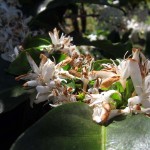
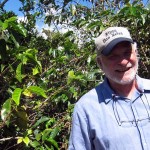
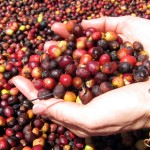
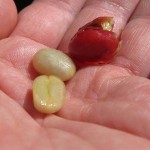
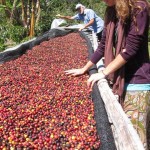
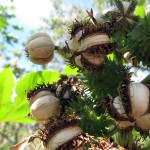
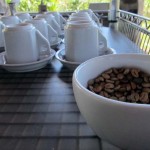
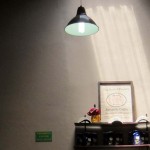
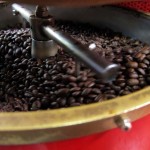
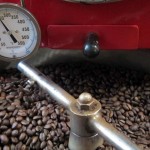

Comments 1
Great article. I also went on a Boquete coffee tour last week and had a blast!